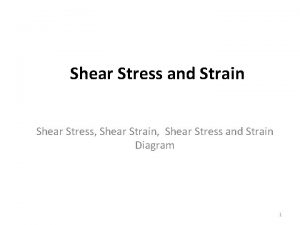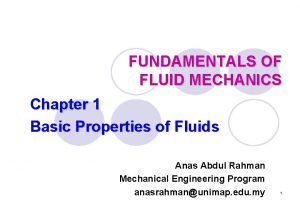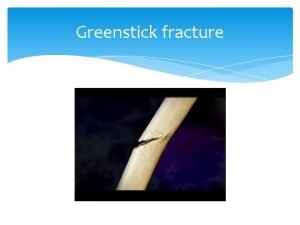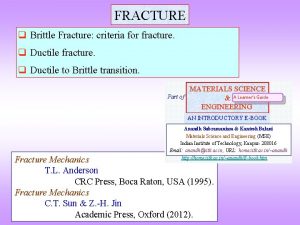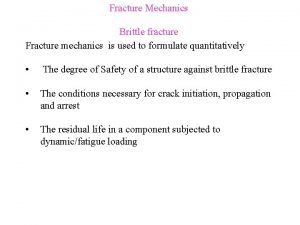Implications of Shear Heating and Fracture Zones for






- Slides: 6

Implications of Shear Heating and Fracture Zones for Ridge Formation on Europa Lijie Han Planetary Science Institute and Adam P. Showman University of Arizona

Background and Previous Work �� Ridge-like features are ubiquitous on Europa, with a height of 100 -300 m and width of a few kilometers. Shear heating along tidally flexed fractures has been suggested as a possible formation mechanism (Gaidos and Nimmo 2000; Nimmo and Gaidos 2002). Frictional heating along sheared faults can produce flexural uplift of ~100 m (Nimmo and Gaidos 2002).

Temperature(top) and topography (bottom) from a 2 D model. The model includes a weak zone but no shear heating

Temperature (top) and topography (bottom) from a 2 D model. The model includes a shear heating zone but no weak zone.

Topography (top) and temperature (bottom) from a 3 D model.

Conclusions and Discussions • Our simulations show that a pre-existing fracture zone promotes upwelling and lithospheric thinning, leading to topographic uplift of ~50 m. • Shear heating also promotes lithospheric thinning and buoyant ascent, producing a ridge-like feature with topography of ~100 m. The topography remains linear along strike even under the influence of heterogeneous 3 D convection within the ice shell. • Our simulated topography resembles that of Europan ridges, although we do not reproduce the central trough common to most Europan ridges. Despite this deficiency, our results support the idea that shear heating can produce ridge-like structures on Europa.

